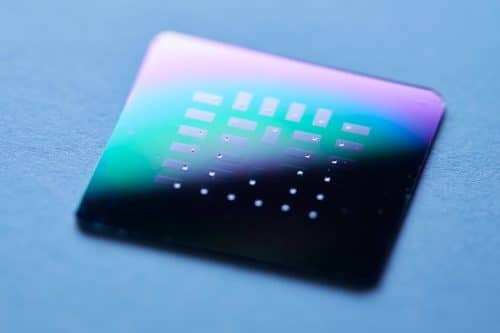Engineers from MIT and the Technical University of Munich developed a glucose fuel cell that transforms glucose into electricity!
The device, which is only 400 nanometers thick, can generate 43 microwatts per square centimetre of energy, the highest power density of any glucose fuel cell to date under ambient circumstances. It can resist temperatures of up to 6000 degrees Celsius, and when placed into a medical implant, the fuel cell can withstand the high-temperature sterilising process that all implantable devices must through.

Ceramic was used to make the device, which keeps its electrochemical properties even at high temperatures and on small sizes. The new design might be fashioned into ultrathin films or coatings and wrapped around implants to passively power devices with the body’s copious glucose supply, according to the researchers.
“Glucose is everywhere in the body, and the idea is to harvest this readily available energy and use it to power implantable devices,” said Philipp Simons, who developed the design as part of his PhD thesis in MIT’s Department of Materials Science and Engineering (DMSE). “In our work we show a new glucose fuel cell electrochemistry.”
The researchers created a glucose fuel cell with a ceria electrolyte, a ceramic material with strong ion conductivity and mechanical strength that is commonly used as an electrolyte in hydrogen fuel cells. Biocompatibility has also been demonstrated. “Ceria is actively studied in the cancer research community,” Simons noted. “It’s also similar to zirconia, which is used in tooth implants, and is biocompatible and safe.”
The electrolyte was sandwiched between a platinum anode and cathode, a stable substance that rapidly reacts with glucose. The cells were printed onto silicon wafers, demonstrating that the devices may be combined with a common semiconductor material. They then used a custom-fabricated test station to measure the current produced by each cell while flowing a glucose solution over each wafer.
“Excitingly, we are able to draw power and current that’s sufficient to power implantable devices,” Simons said.





